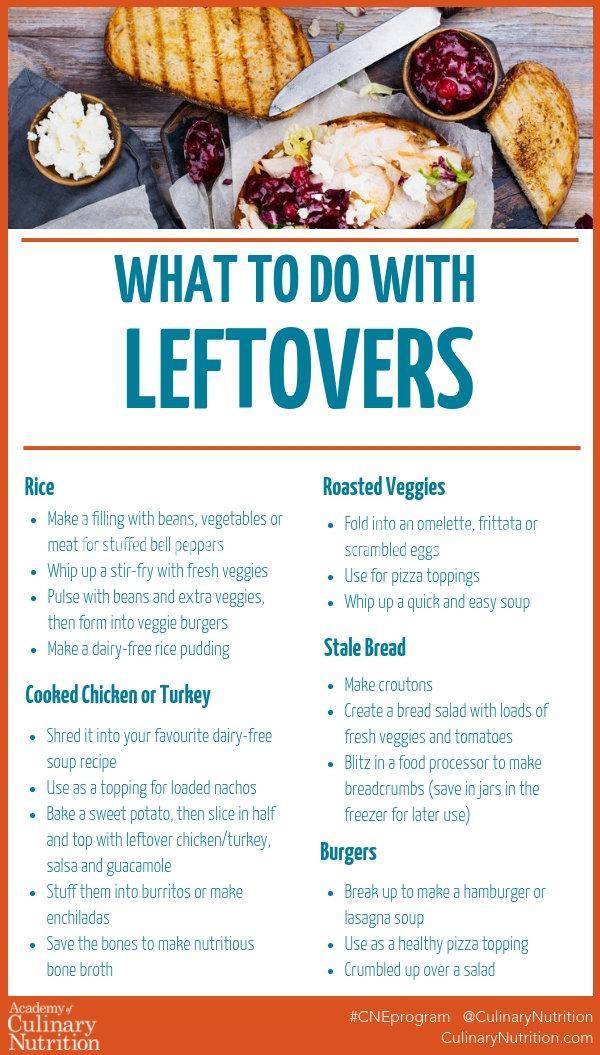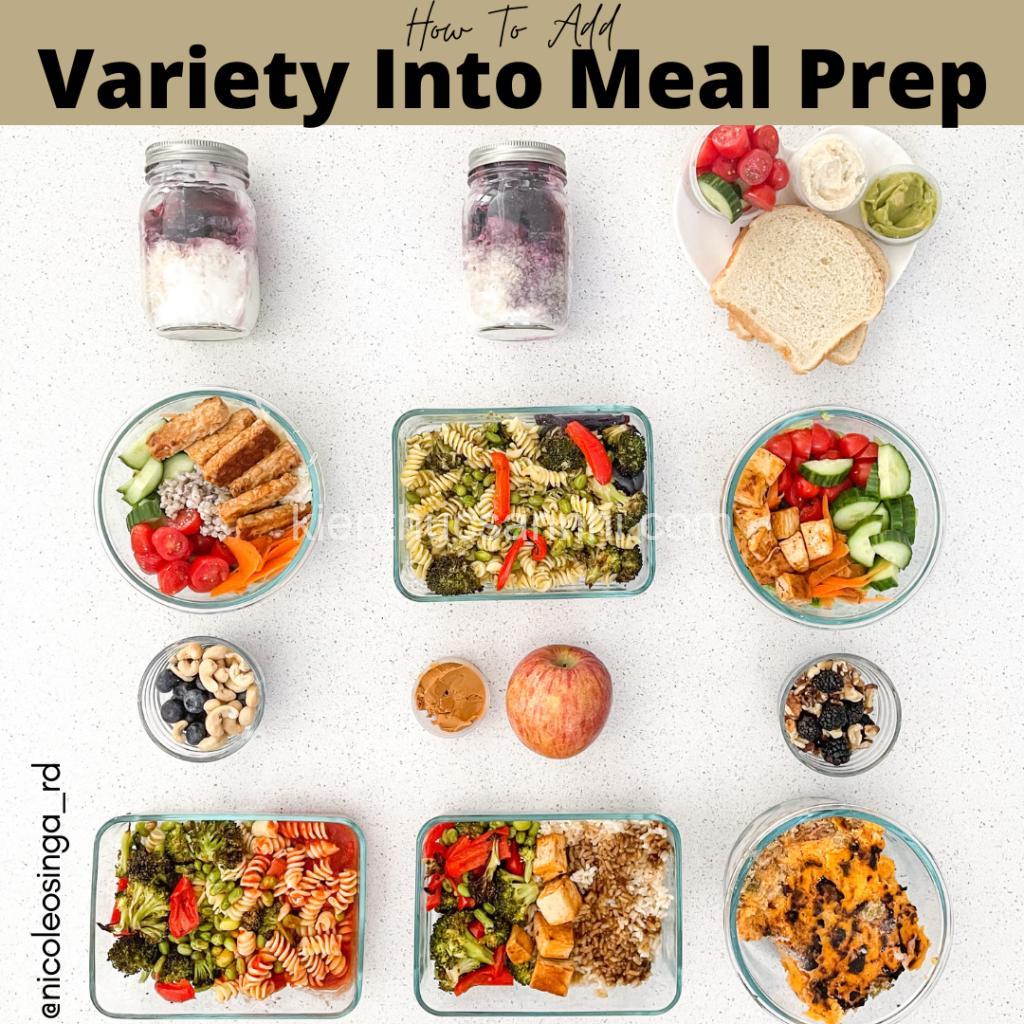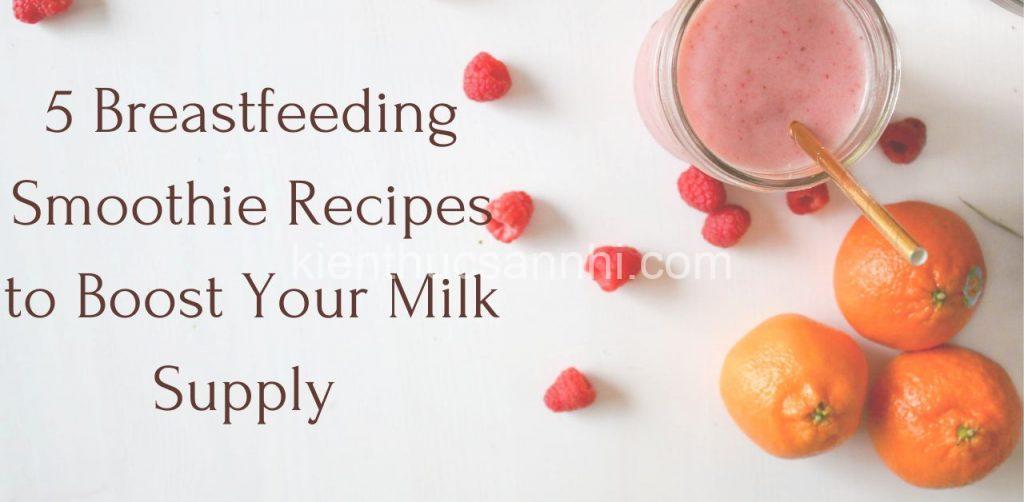
Nutritious Leftover Recipes: Reduce Food Waste & Save Money. In today’s article, kienthucsannhi.com will explore with you in the most detailed and complete way. See now!
Delicious and Nutritious Leftover Recipes
Transforming leftovers into delectable dishes is a culinary art form that can be mastered with a bit of creativity and some helpful tips. Here are a few ways to make the most of those leftover ingredients:
Meat Leftovers
Imagine transforming a simple roast chicken into a hearty chicken noodle soup brimming with roasted vegetables or a comforting beef stew packed with root vegetables and barley. These are just a few examples of how leftover meats can be repurposed into delicious and nutritious soups and stews. For a lighter option, consider a spicy sausage and lentil soup, which can be made with leftover sausage and a medley of vegetables.
When it comes to quick and easy meals, stir-fries are a fantastic choice. You can create a vibrant chicken and vegetable stir-fry with peanut sauce, a savory beef and broccoli stir-fry with ginger sauce, or a delectable shrimp and vegetable stir-fry with oyster sauce. These dishes allow you to toss leftover meats with fresh vegetables and flavorful sauces, resulting in a meal that’s both satisfying and healthy.
Leftover meats are also perfect for salads and sandwiches. A chicken salad with grapes and walnuts can be a refreshing lunch, while a roast beef sandwich with caramelized onions and Gruyere cheese can be a satisfying dinner. For a simple and classic option, consider a tuna salad with celery, capers, and Dijon mustard.
Vegetable Leftovers
Leftover vegetables are a treasure trove of flavor and nutrients. Roasted vegetables, like Brussels sprouts, sweet potatoes, and asparagus, are a fantastic way to bring out the natural sweetness and savory notes of your vegetables. To elevate their taste, try roasting them with a drizzle of olive oil and a sprinkle of herbs and spices.
Leftover vegetables can also be transformed into frittatas and quiches, two egg-based dishes that are both hearty and flavorful. A spinach and feta frittata is a classic combination, while a mushroom and Gruyere quiche offers a more savory option. For a burst of freshness, consider a tomato and basil frittata.
Grain Leftovers
Cooked grains, such as quinoa, brown rice, and farro, are incredibly versatile and can be incorporated into a variety of dishes. Grain bowls and salads are a perfect way to showcase the versatility of cooked grains. A quinoa salad with roasted vegetables and feta is both vibrant and filling, while a brown rice salad with black beans, corn, and avocado offers a Tex-Mex twist. For a hearty and satisfying meal, try a farro salad with grilled chicken and herbs.
Leftover bread is perfect for creating a comforting bread pudding. A classic bread pudding with raisins and cinnamon is a classic dessert, while a savory bread pudding with cheese and herbs is a delicious side dish or appetizer. For a breakfast treat, try French toast with berries and syrup, using leftover bread for a delicious and satisfying start to your day.

Reduce Food Waste: The Benefits of Cooking with Leftovers
Beyond creating delicious meals, cooking with leftovers can have a significant positive impact on the environment and your wallet. By embracing this practice, you contribute to a more sustainable lifestyle and become a more responsible food consumer.
Reducing Food Waste:
Food waste is a major problem, contributing to environmental pollution, greenhouse gas emissions, and the depletion of valuable resources. By using leftover ingredients, you can significantly reduce your food waste and lessen your impact on the planet.
Saving Money:
Leftovers are like little hidden treasures in your refrigerator. By using them to create new dishes, you can save money on groceries and avoid throwing away perfectly good food. It’s a win-win for your budget and the environment.
Tips for Storing and Using Leftovers Safely
Storing and using leftovers properly is crucial for ensuring food safety. Here are some tips to keep in mind:
Storing Leftovers Safely:
- Use airtight containers to prevent food from drying out or absorbing other flavors.
- Refrigerate leftovers within two hours of cooking, or within one hour if the temperature is above 90 degrees Fahrenheit.
- Keep leftovers refrigerated at 40 degrees Fahrenheit or below.
- Discard leftovers that have been in the refrigerator for more than three to four days.
Reheating Leftovers Safely:
- Reheat leftovers to an internal temperature of 165 degrees Fahrenheit to kill bacteria.
- Use a thermometer to check the internal temperature of your food.
- Avoid reheating leftovers multiple times, as this can increase the risk of foodborne illness.
Get Creative with Leftovers
Let your imagination run wild when it comes to using leftovers. The key is to think outside the box and try new combinations and cooking methods.
Flavoring Techniques:
- Use herbs and spices to add bursts of flavor to leftover dishes.
- Experiment with different sauces, like teriyaki, barbecue, or pesto, to create new and exciting taste profiles.
- Consider grilling, baking, or roasting leftovers for a change in texture and flavor.
Ingredient Substitution:
- Don’t be afraid to experiment with ingredient substitutions. For example, if you have leftover chicken, try using it in a recipe that calls for pork or beef.
- Think about how you can use different types of leftovers interchangeably. For example, if you have leftover rice, try using it in a salad that typically calls for quinoa.
The Power of Meal Planning with Leftovers
Meal planning can be a game changer when it comes to using leftovers effectively and making the most of your food budget. By taking the time to plan your meals for the week, you can ensure that you’re using leftovers in creative and satisfying ways.
Benefits of Meal Planning:
- Saves time and money by eliminating the need for last-minute grocery trips.
- Helps you make healthier choices and avoid impulse purchases.
- Reduces food waste by using leftovers creatively.
Tips for Meal Planning with Leftovers:
- Plan meals that incorporate leftovers from previous meals.
- Use a weekly meal planner to organize your meals and identify opportunities for using leftovers.
- Get creative with leftover combinations and don’t be afraid to experiment with new recipes.
Leftover Resources and Inspiration
There are countless resources available to help you discover new ways to cook with leftovers. Here are a few to get you started:
Online Recipe Websites:
- Allrecipes.com
- Foodnetwork.com
- Epicurious.com
Food Blogs:
- The Kitchn
- The Minimalist Baker
- Pinch of Yum
Cooking Books:
- “The Food Waste Cookbook” by Anna Jones
- “The Leftover Chef” by Beth Dooley
- “Waste Not, Want Not” by Claire Thomas
Social Media:
- Follow food influencers on Instagram and Pinterest for creative leftover recipes.
- Join food-related Facebook groups to share tips and recipes with fellow food lovers.
Conclusion: Embrace the Art of Cooking with Leftovers
Cooking with leftovers is a simple yet powerful way to reduce food waste, save money, and create delicious meals. By incorporating leftovers into your cooking routine, you can become a more mindful and resourceful food consumer. So, next time you have leftovers, don’t throw them away. Instead, get creative, experiment with new recipes, and embrace the art of cooking with leftovers. For more inspiration, visit my website kienthucsannhi.com and share your favorite leftover recipes in the comments below.
FAQs about Cooking with Leftovers
What are some common types of leftovers that can be used for cooking?
Common types of leftovers that can be used for cooking include cooked meats, vegetables, grains, and bread. These ingredients offer a wide range of possibilities for creating delicious and nutritious meals.
What are some tips for making sure leftovers are safe to eat?
Storing and using leftovers properly is crucial for ensuring food safety. Always refrigerate leftovers within two hours of cooking and keep them at a temperature of 40 degrees Fahrenheit or below. Reheat leftovers to an internal temperature of 165 degrees Fahrenheit to kill bacteria.
How long can leftovers be stored in the refrigerator?
Most leftovers can be safely stored in the refrigerator for three to four days. However, it’s always best to check for signs of spoilage, such as an off smell, discoloration, or slime.
How can I add more flavor to leftovers?
Adding herbs, spices, and sauces is a great way to enhance the flavor of leftovers. Experiment with different combinations and explore the possibilities of adding fresh herbs, aromatic spices, and bold sauces.
Are there any special tips for using leftover cooked vegetables?
Yes, leftover cooked vegetables can be used in a variety of ways. You can incorporate them into soups, stews, stir-fries, frittatas, quiches, or even salads. Adding leftover vegetables to a simple pasta dish can also add flavor, texture, and nutrition.





